Brazil, the country renowned for its golden beaches, jubilant Carnival, and mesmerizing samba beats is also the birthplace of an innovative hair treatment that has taken the beauty world by storm: the Brazilian Blowout. Yet, in recent years, this trending procedure has stirred a whirlpool of controversy that blurs the line between aesthetic appeal and health safety.
The Brazilian Blowout is a semi-permanent hair straightening treatment marketed to soften frizz, add shine, and significantly decrease blow-drying time. However, the controversy surrounds its primary active ingredient, formaldehyde – a compound known for its potential health risks. Today, we are unraveling the layers of this hotly debated topic, shedding light on the Brazilian Blowout’s allure and its associated risks.
A Brief Overview
Originally hailing from Brazil, the Brazilian Blowout utilizes a unique blend of ingredients, including the controversial formaldehyde, to produce sleek, glossy, and easy-to-manage hair. The procedure involves coating the hair with a liquid keratin solution, which is then sealed in with heat.
The secret behind the Brazilian Blowout’s promise of transforming even the most stubborn curls into straight, shiny strands is formaldehyde. When applied to the hair and heated, this powerful chemical helps to break down the hair’s structural protein (keratin), allowing it to be reshaped into a smoother form. Once cooled, the hair maintains this sleek new shape.
Despite being an expensive treatment, ranging from $200 to $400 per session, the Brazilian Blowout has grown in popularity. Its promise of manageable, frizz-free hair for up to three months has proven irresistible to many.
The Allure of the Brazilian Blowout
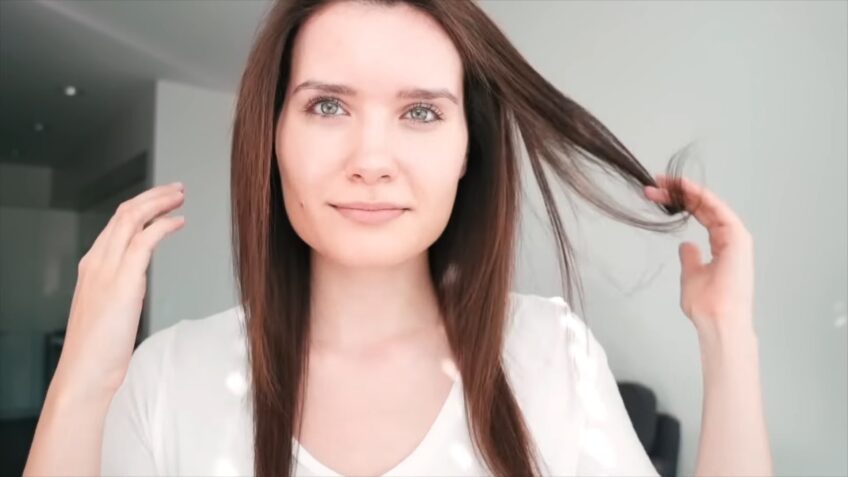
The Brazilian Blowout’s appeal isn’t just in its transformative abilities. Unlike traditional relaxers or straighteners, this treatment doesn’t completely alter the hair’s structure. This results in a more natural look and feel, with the hair remaining soft and flexible instead of becoming stiff or unnaturally straight.
In addition, the Brazilian Blowout does not discriminate against hair types. Whether you have fine, thick, curly, or color-treated hair, this treatment promises to tame your mane.
Finally, the time-saving aspect of the Brazilian Blowout cannot be overlooked. By reducing frizz and easing manageability, this treatment cuts down on daily styling time – a significant selling point for busy individuals.
The Formaldehyde Factor
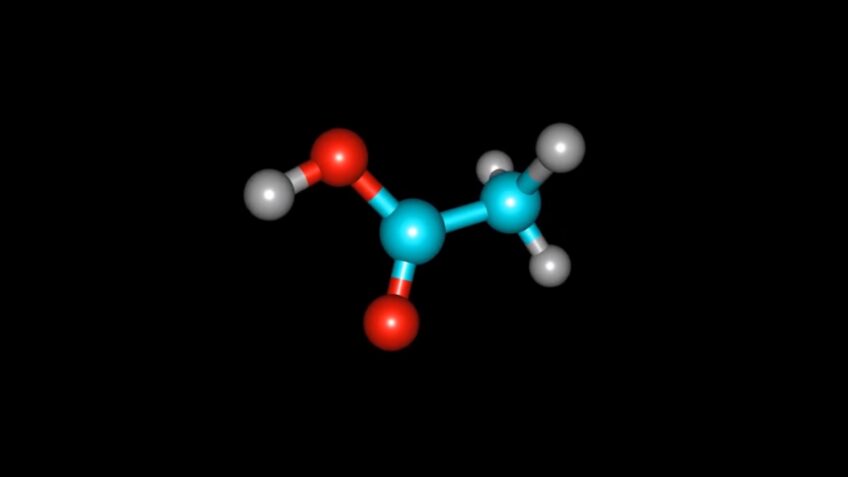
However, lurking beneath the glossy veneer of the Brazilian Blowout is the specter of formaldehyde. Although widely used in many industries, including the production of resins, textiles, and wood products, formaldehyde is also a known carcinogen.
In 2011, the Occupational Safety and Health Administration (OSHA) in the U.S. issued a hazard alert about formaldehyde’s presence in some hair smoothing and straightening products. Around the same time, Health Canada issued a similar warning, while the Australian Competition and Consumer Commission outright banned the Brazilian Blowout due to the high levels of formaldehyde found in the product.
When heated, formaldehyde becomes a gas that, when inhaled, can cause serious health problems, including eye irritation, nosebleeds, lung irritation, and even more serious conditions like occupational asthma and cancer.
Furthermore, exposure isn’t limited to the client receiving the treatment. Hairstylists and salon workers, who may perform multiple Brazilian Blowouts in a single day, are at an even higher risk due to chronic exposure.
The Industry Response
In the face of the controversy, the Brazilian Blowout’s manufacturers and some salon owners have been quick to defend the treatment. They argue that the levels of formaldehyde used in the Brazilian Blowout are safe and compliant with cosmetic industry standards and that the treatment would not be as effective without it.
However, these assertions have been contested by various health and safety organizations. For instance, the Cosmetic Ingredient Review (CIR), an independent panel of medical and scientific experts, recommends that cosmetic products contain no more than 0.2% formaldehyde, yet some tests have found Brazilian Blowout products to contain levels as high as 11.8%.
Consumer Conundrum
At the heart of the controversy is the consumer, who must navigate between the allure of manageable, lustrous hair and potential health risks. While some are willing to accept the risks in exchange for the benefits, others are searching for safer alternatives.
Moreover, there’s the issue of informed consent. If the Brazilian Blowout does indeed contain potentially harmful levels of formaldehyde, clients have the right to be fully informed so they can make an educated decision.
Formaldehyde and The Beauty Industry
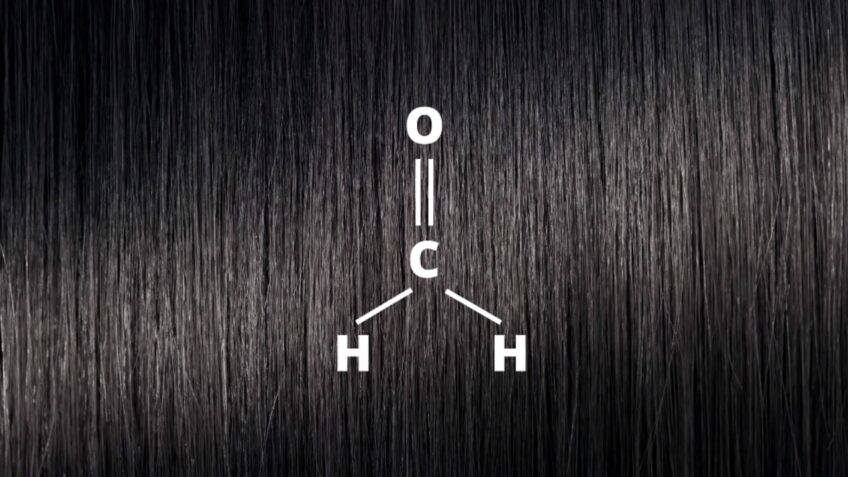
The Brazilian Blowout controversy provides an opportunity to scrutinize the wider use of formaldehyde and other potentially harmful substances in the beauty industry. Formaldehyde isn’t exclusive to the Brazilian Blowout; it can also be found in nail polishes, eyelash glue, and certain types of makeup. Its use is often justified by its effectiveness in preserving products and enhancing their performance.
Yet, the World Health Organization (WHO) classifies formaldehyde as a Group 1 Carcinogen. This means there is sufficient evidence of its carcinogenicity in humans. With the prevalence of formaldehyde in a multitude of cosmetic products, it’s not just salon workers who are at risk but also consumers who use these products regularly.
Regulation and Industry Standards
In light of the health concerns, calls for stricter regulation of cosmetic products have grown. In the U.S., the Food and Drug Administration (FDA) does not approve or review cosmetics before they hit the market, unlike drugs or medical devices. The agency only steps in when products are misbranded or adulterated or if they cause harm to consumers.
However, the cosmetics industry isn’t completely unregulated. Trade associations like the Personal Care Products Council and independent panels like the Cosmetic Ingredient Review (CIR) set voluntary guidelines for cosmetic manufacturers. Yet, the controversy surrounding the Brazilian Blowout underscores the limitations of voluntary compliance and calls for a more robust regulatory framework.
The Quest for Safer Alternatives

In response to the growing demand for safer hair treatments, many companies are developing and marketing formaldehyde-free products. These products often use glyoxylic acid, a less volatile compound, to achieve similar results. However, they may not provide the same long-lasting, dramatic effects as the Brazilian Blowout.
Beyond the products themselves, advancements in hair treatment technology also show promise for safer alternatives. For example, steam pod straighteners and ionic hair dryers claim to achieve sleek, frizz-free hair without harmful chemicals.
The Power of the Consumer
Ultimately, the solution to the Brazilian Blowout controversy and other similar issues in the beauty industry lies in the hands of the consumers. With the rise of the internet and social media, consumers are becoming increasingly aware and demanding transparency from beauty brands.
By choosing safer products and supporting brands that prioritize health and safety, consumers can drive the industry to change. As consumers, we must remember that our choices have power. We can influence industry trends and advocate for stricter regulations, ensuring our pursuit of beauty doesn’t come at the cost of our health.
Looking Forward
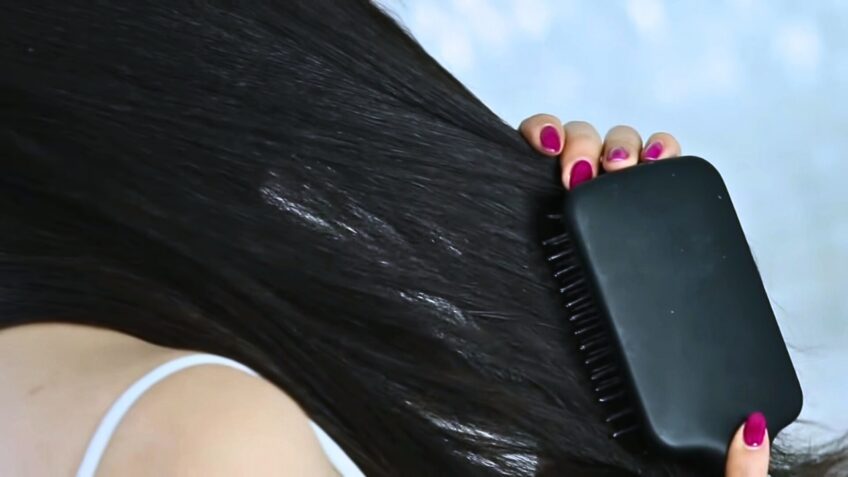
As the controversy unfolds, it’s clear that more research and stricter regulation of beauty products are needed. Manufacturers, salon workers, and consumers should work together to demand transparency and safety in the beauty industry.
Fortunately, some steps are being taken in the right direction. Several manufacturers are developing formaldehyde-free hair treatments, and many salons are choosing to offer these safer alternatives.
Closing Thoughts
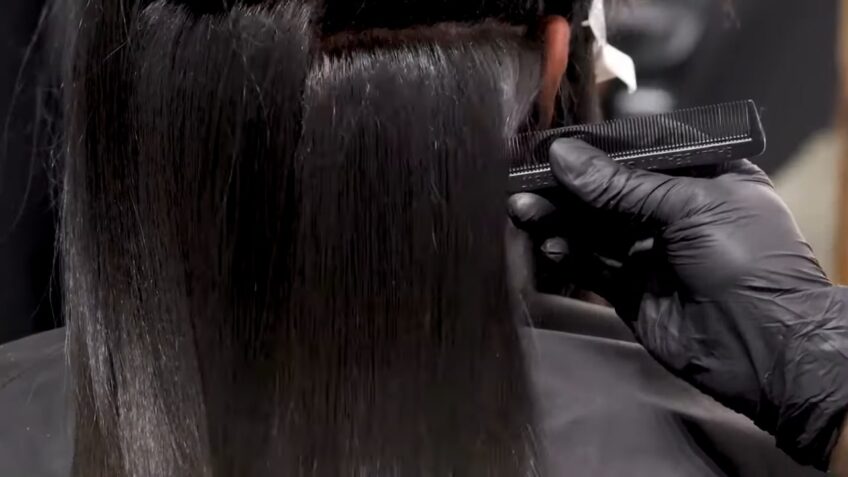
The Brazilian Blowout controversy serves as a potent reminder of the ongoing tension between beauty and health, prompting us to question how much we’re willing to compromise for the sake of aesthetics. In the end, the choice is deeply personal. Armed with knowledge, individuals can navigate the choppy waters of this controversy, balancing their desire for beauty with their need for safety.
In an era where the call for transparency and safety in beauty products is louder than ever, it is my hope that this deep dive into the Brazilian Blowout controversy has brought you one step closer to making an informed choice about your hair care. The path to beauty need not be hazardous, and with knowledge as our guide, we can all chart a course to a healthier, safer beauty regime.

